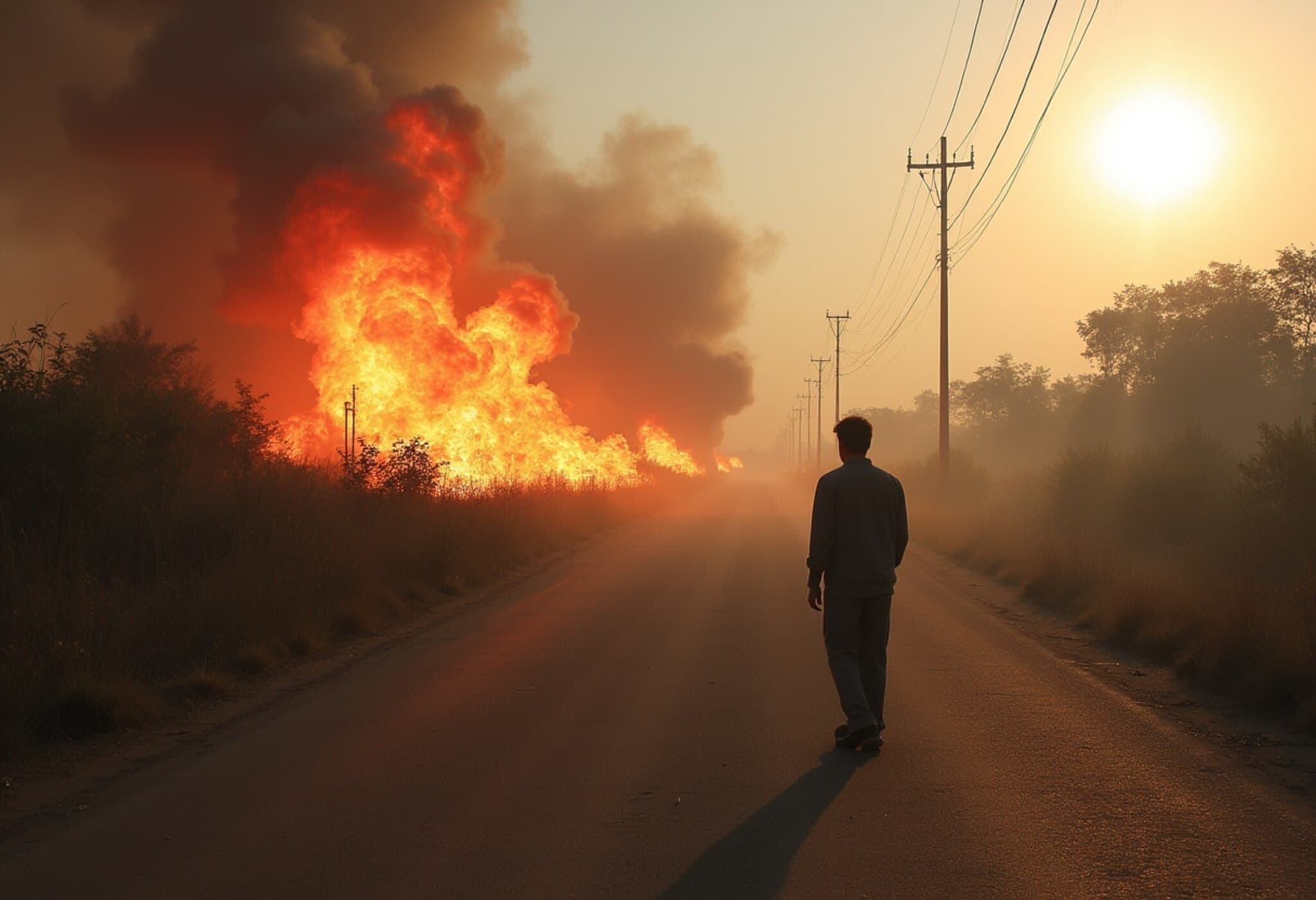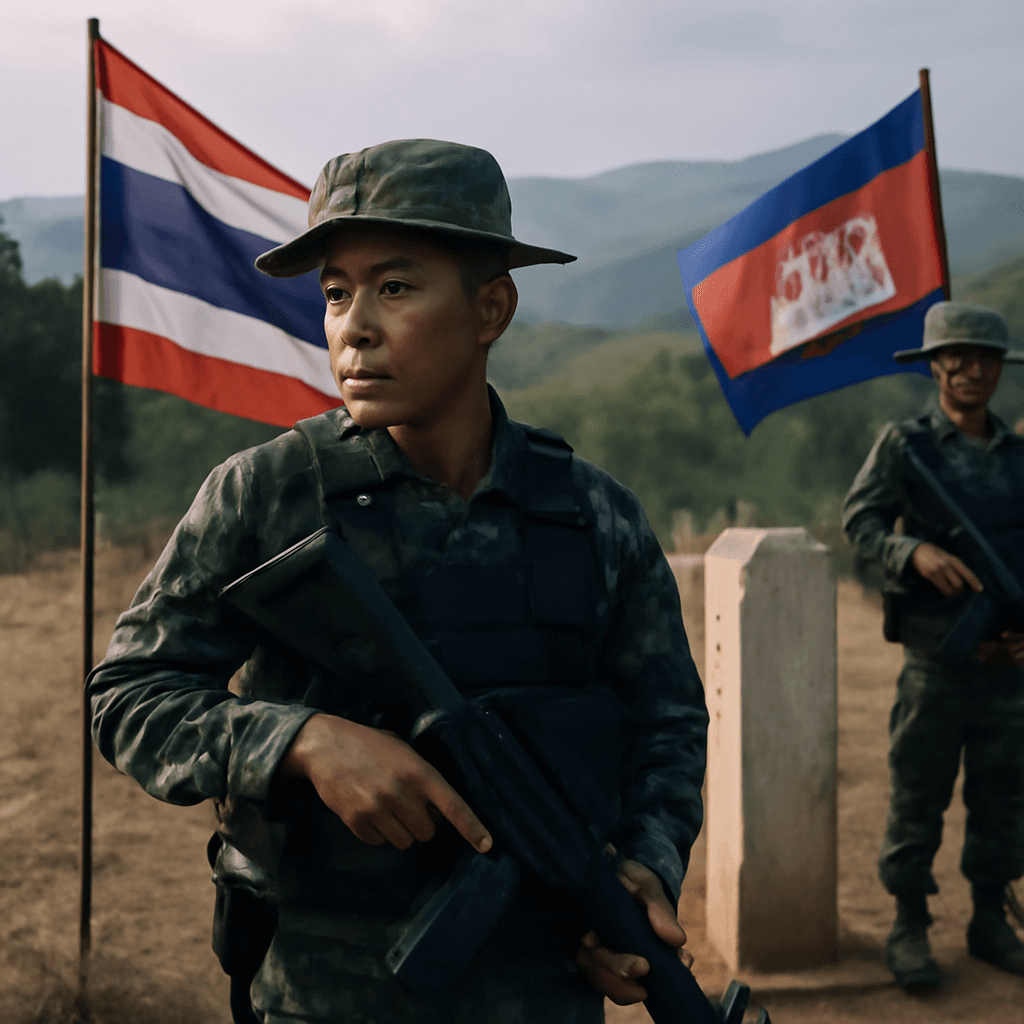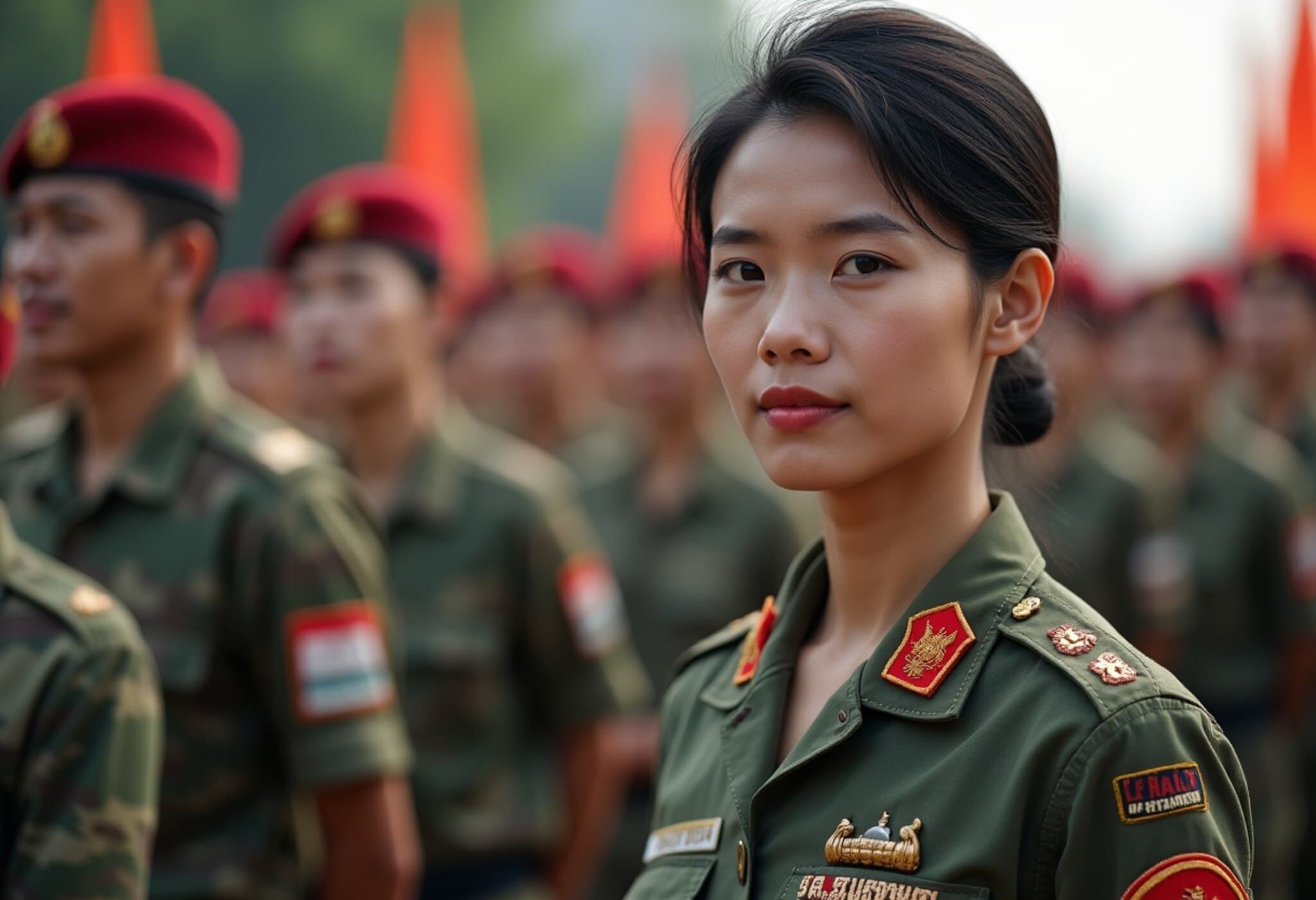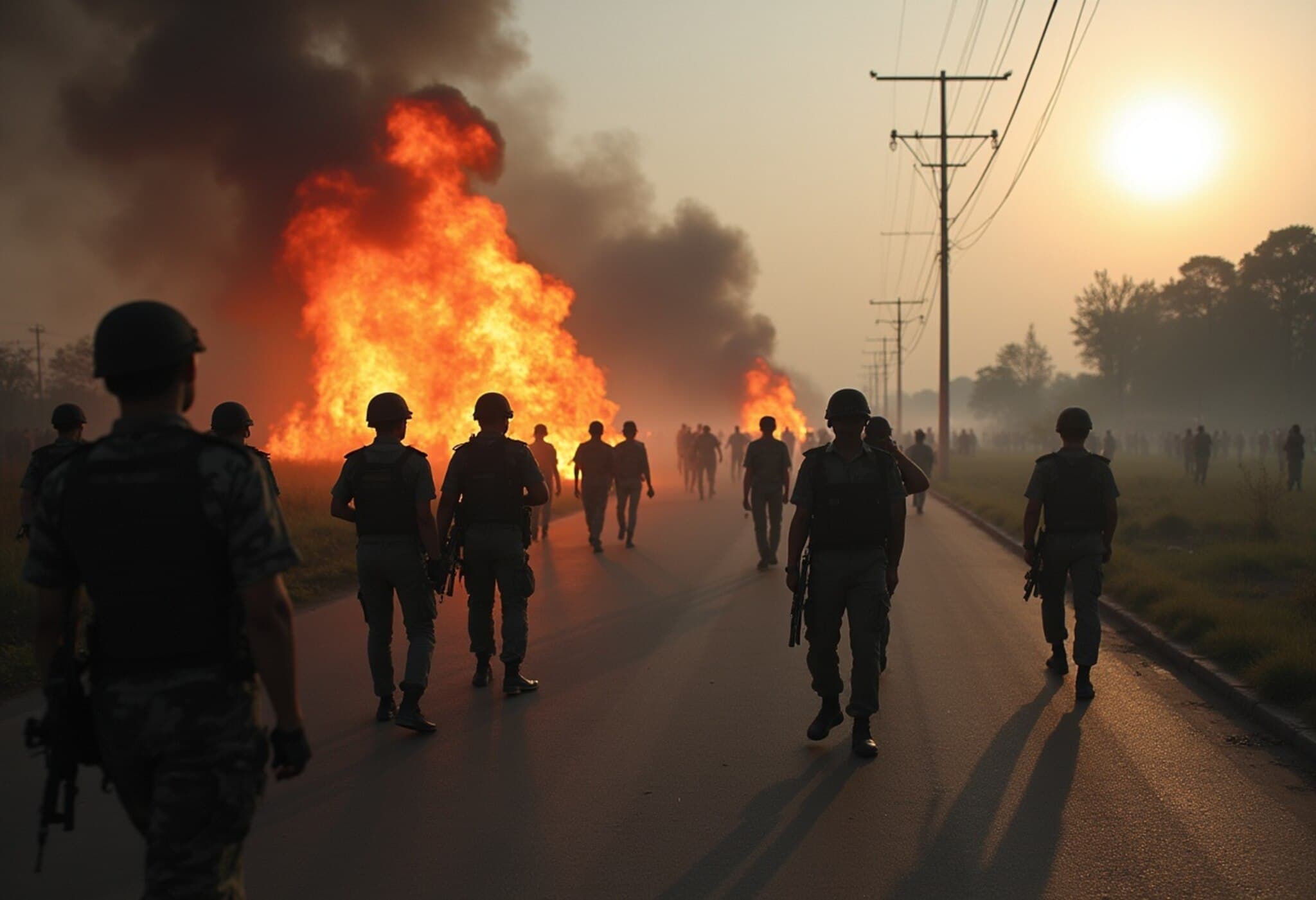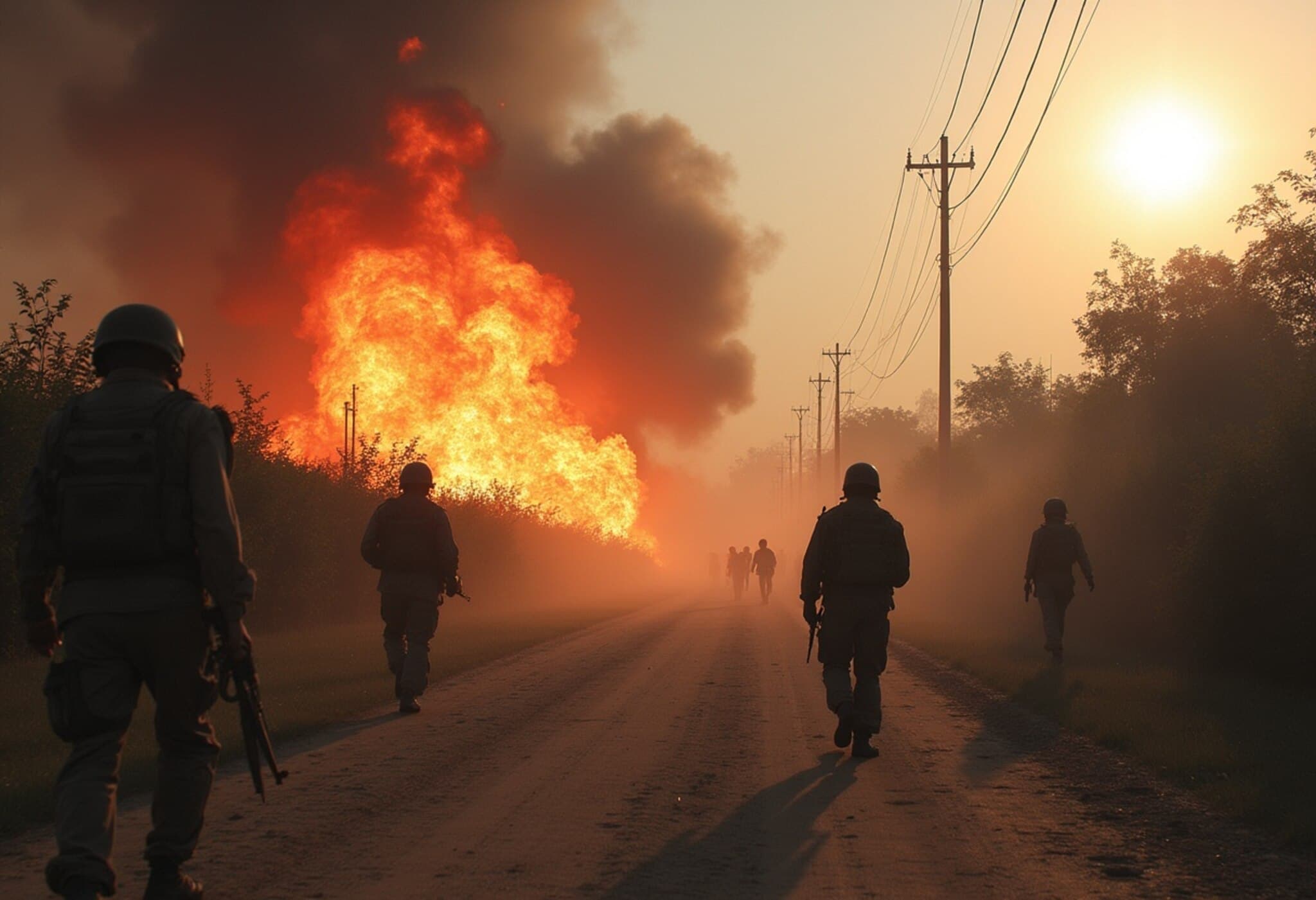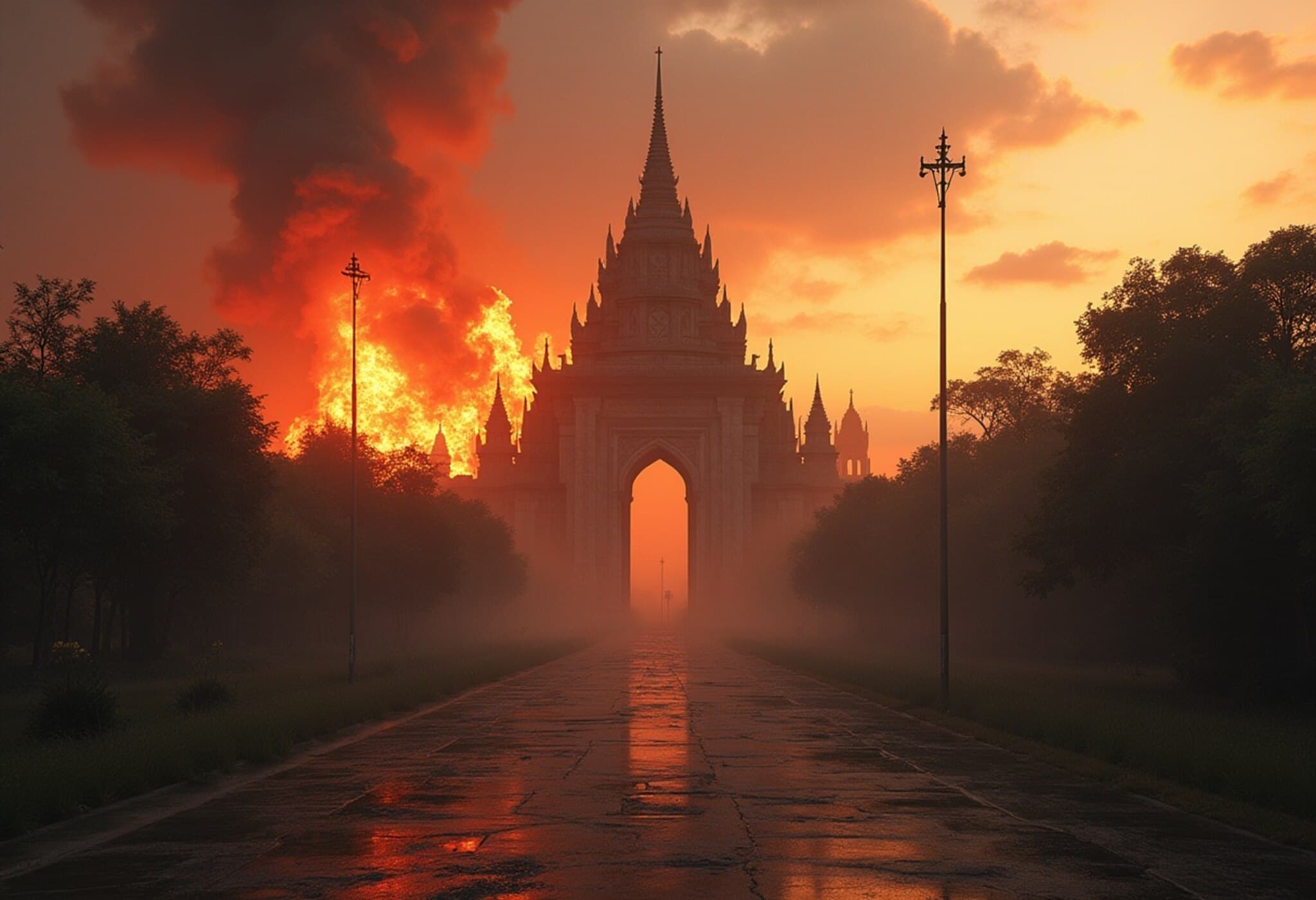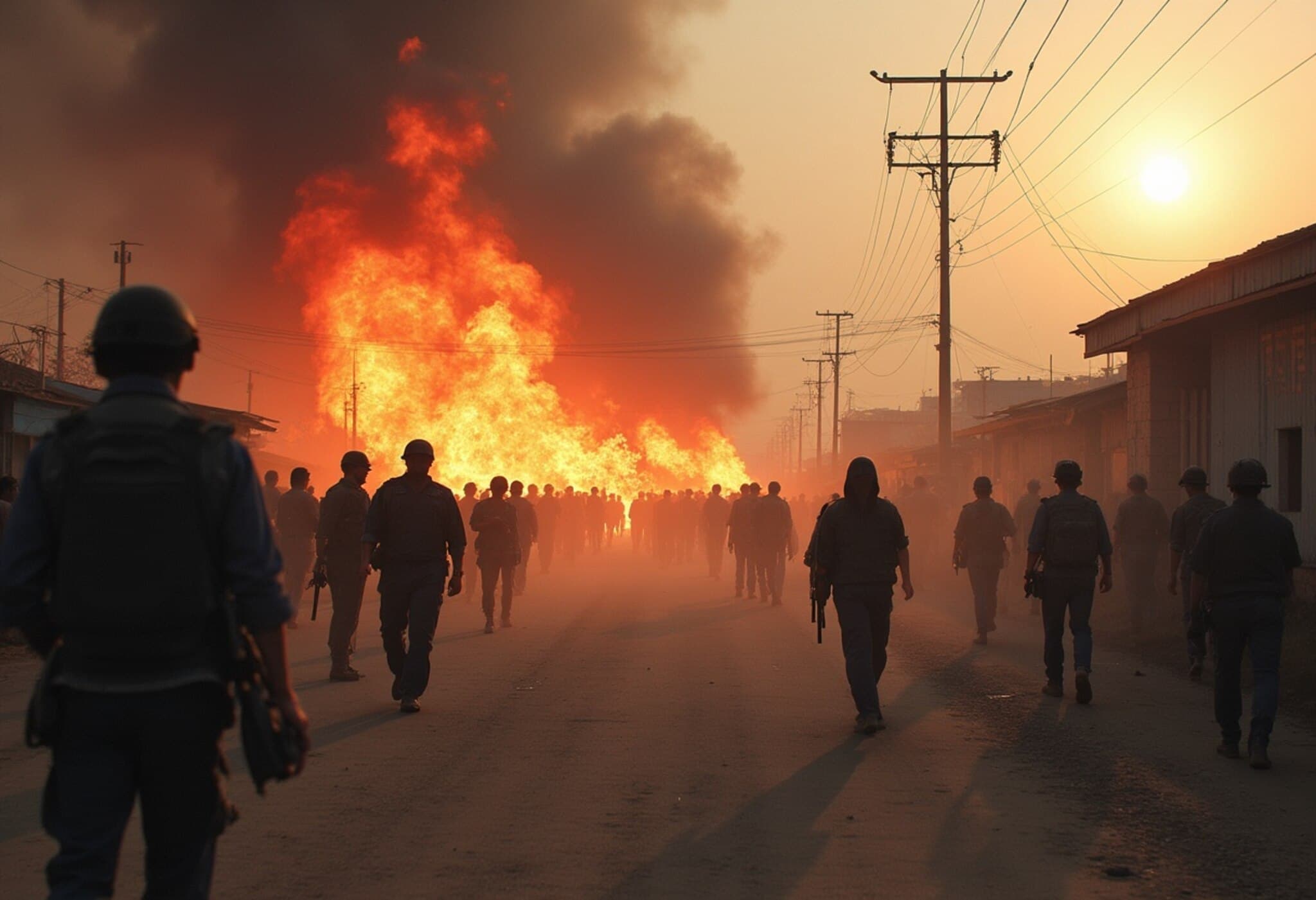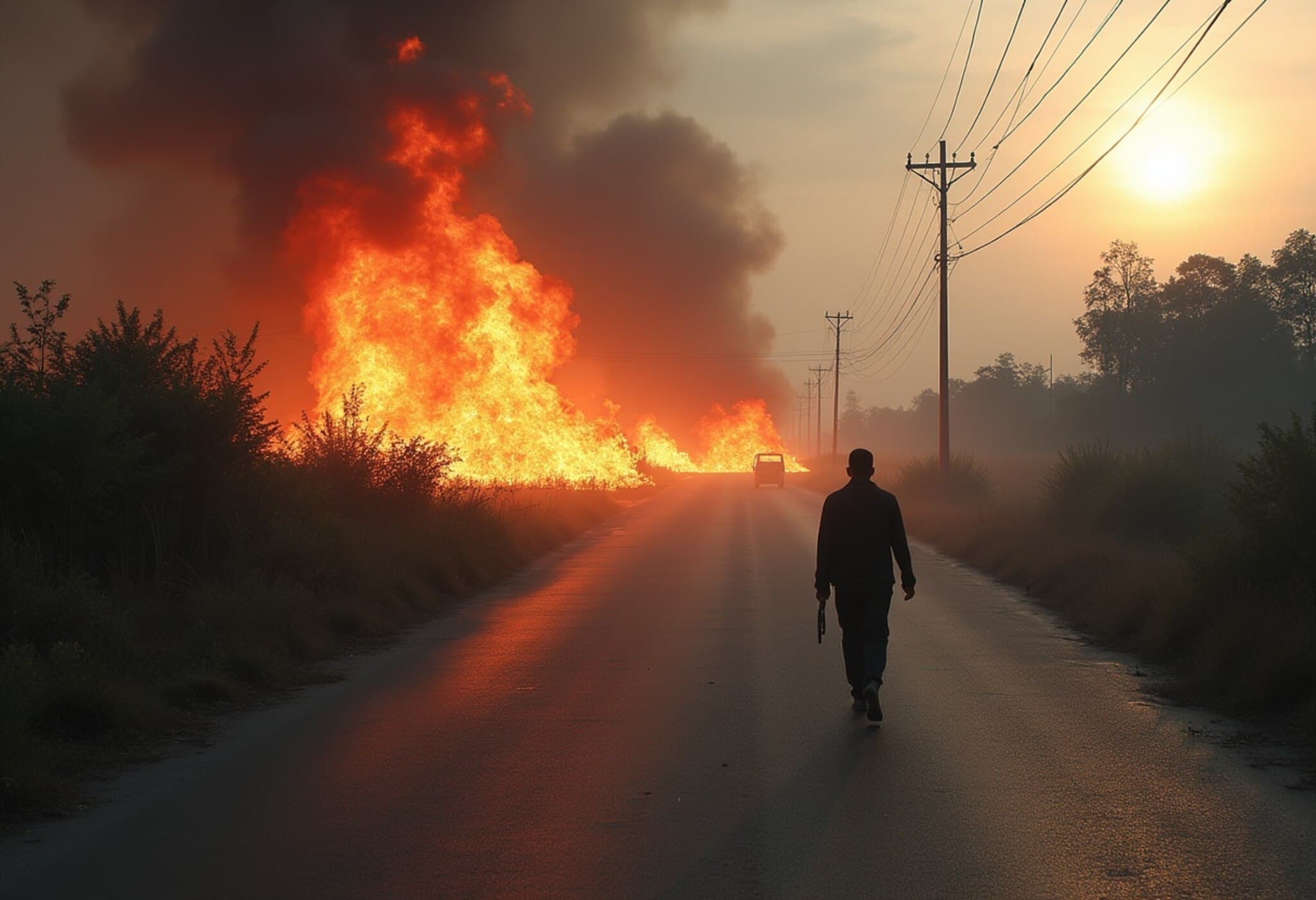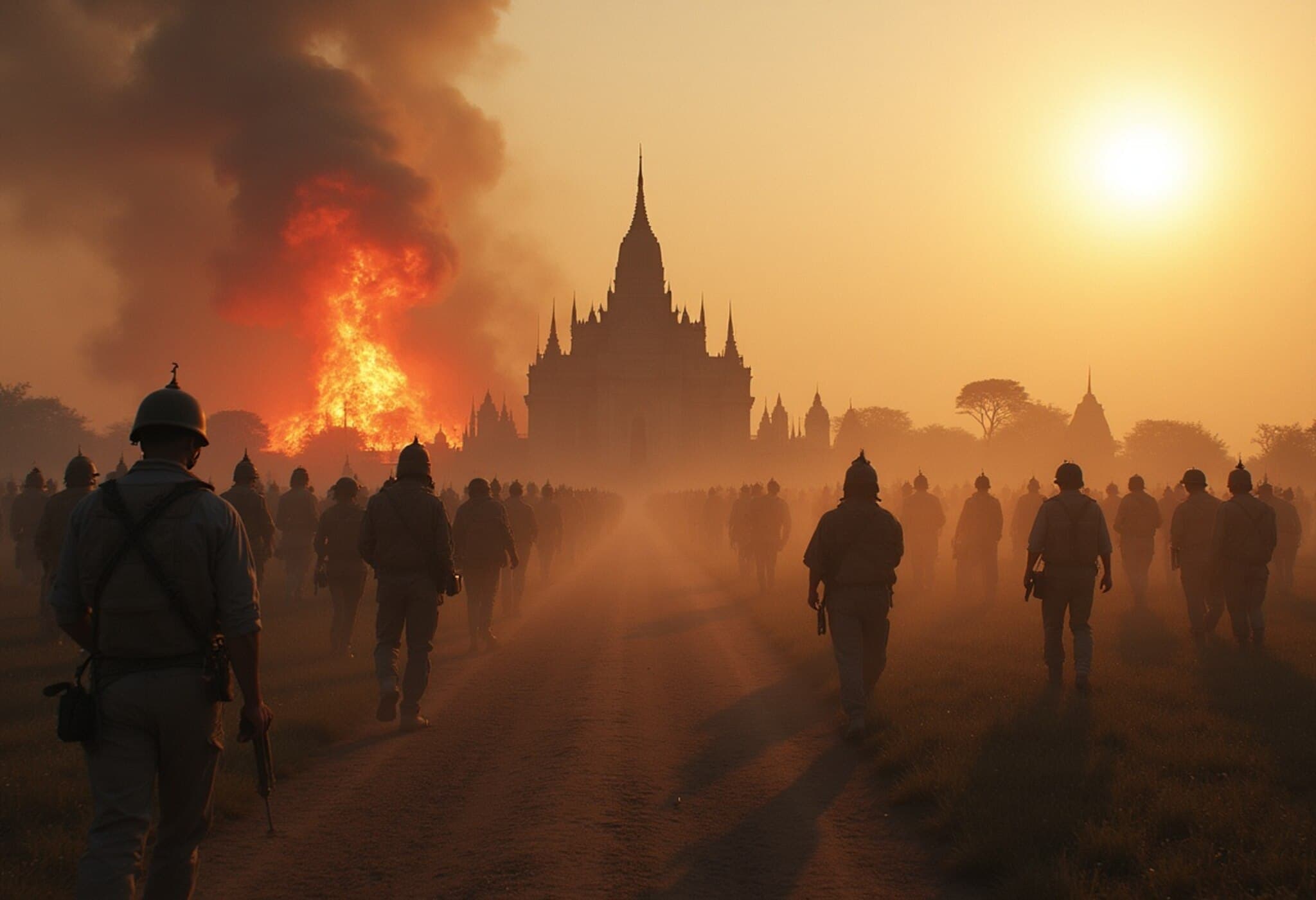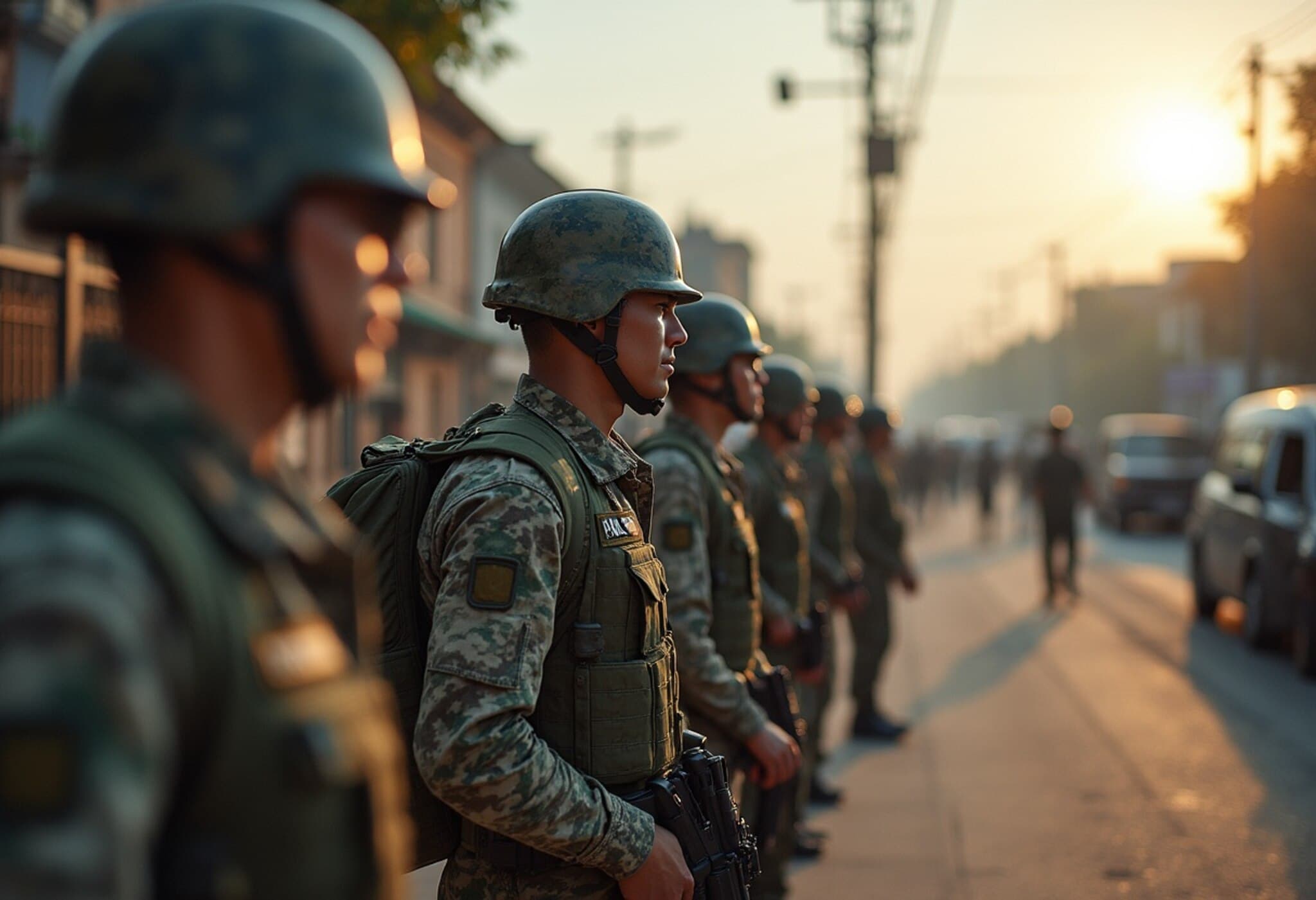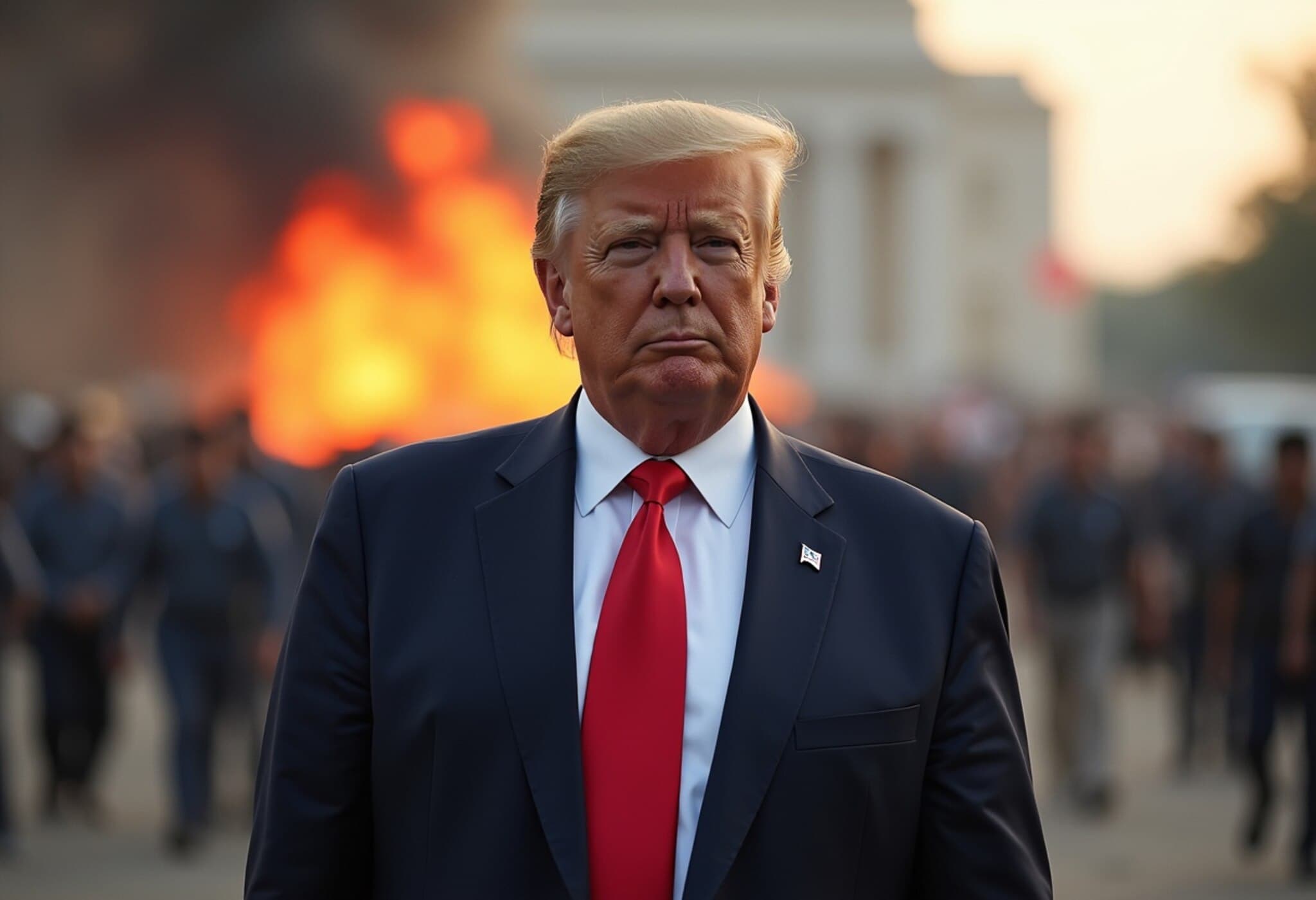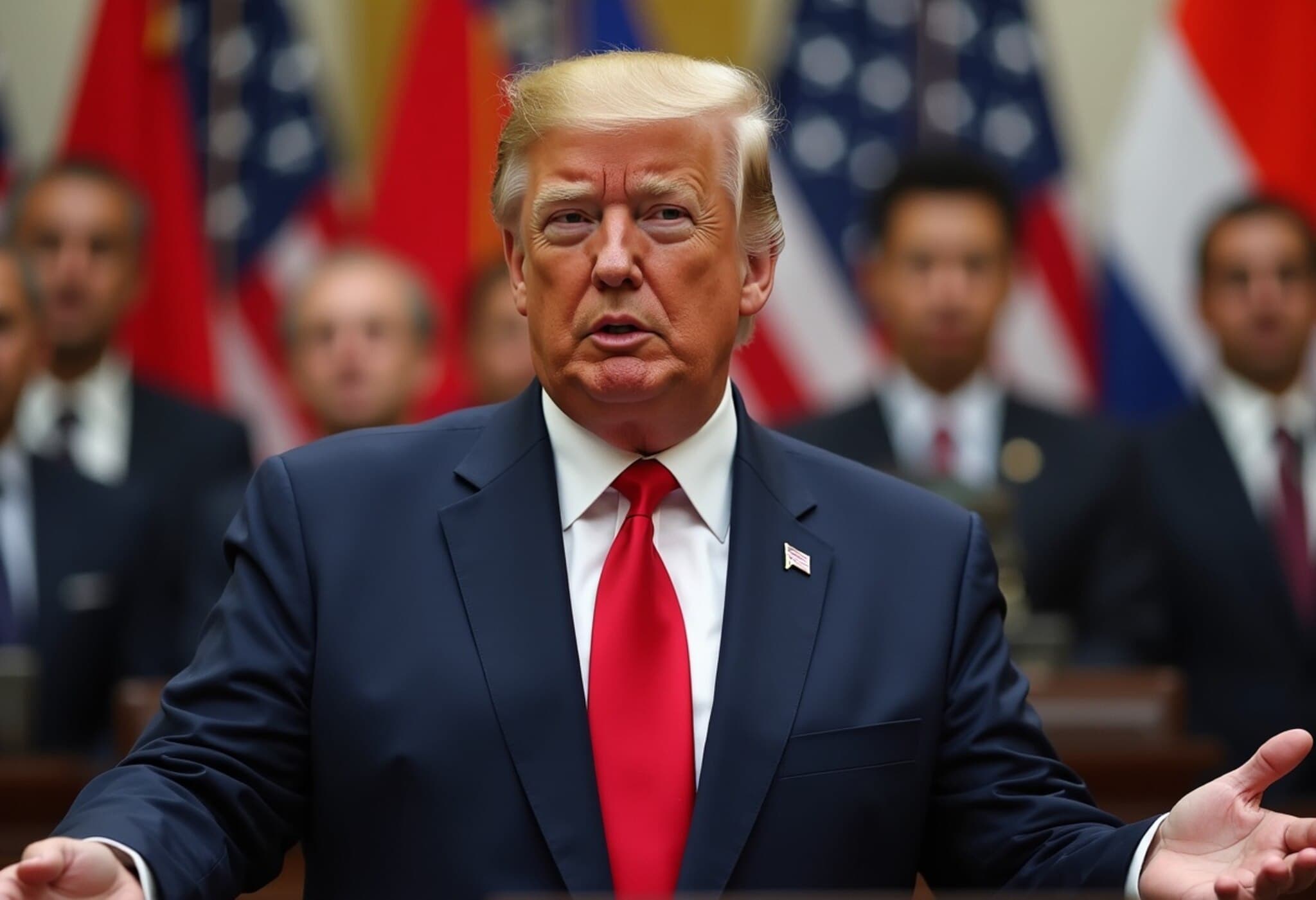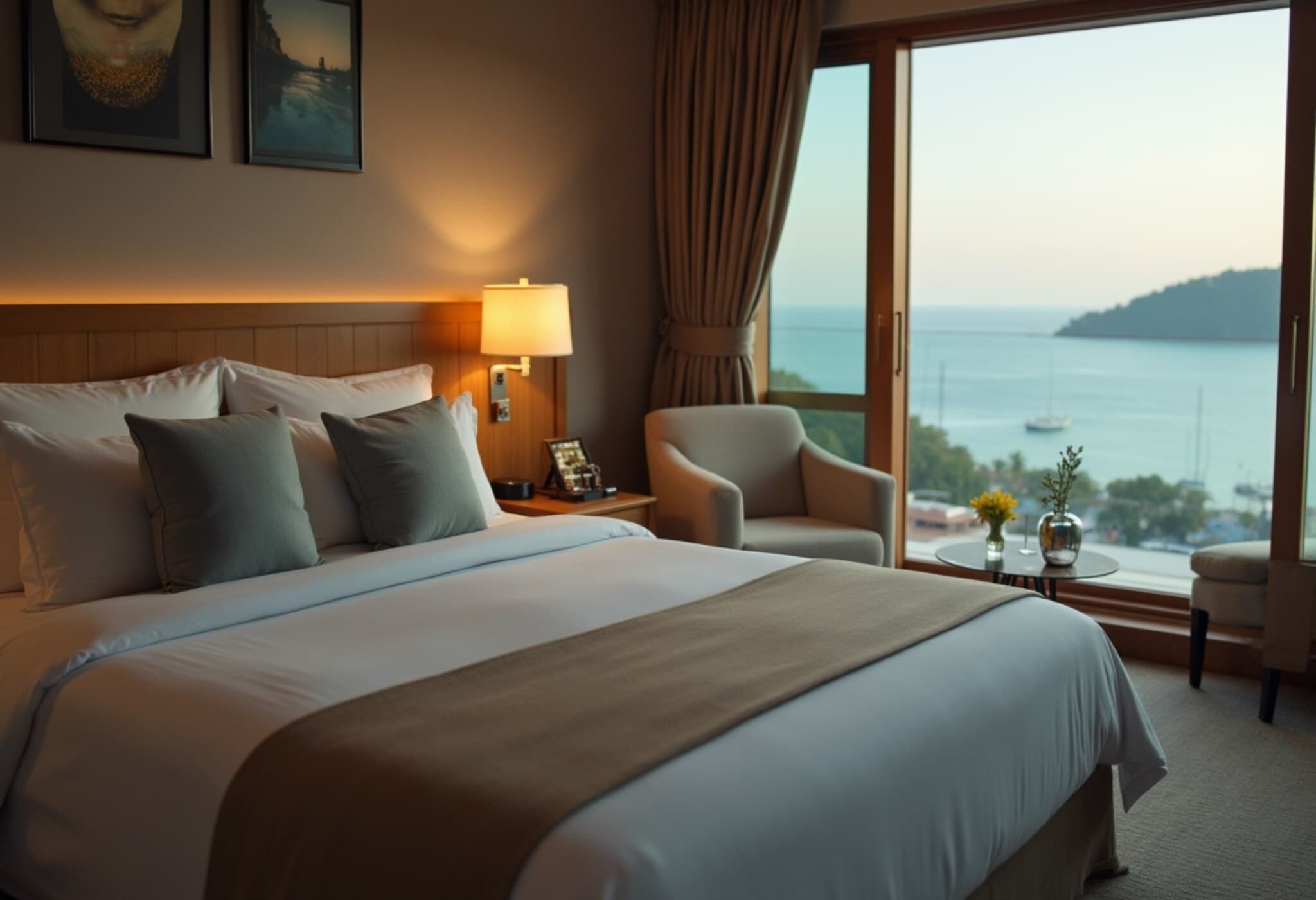Rising Tensions Along the Thailand-Cambodia Border
The recent surge in violence between Thailand and Cambodia has alarmed the international community, as exchanges of rocket fire and airstrikes mark one of the most intense confrontations in years. At the heart of this conflict lies a dispute stretching back over a century, revolving around the Preah Vihear Hindu temple—a sacred site perched atop the Dangrek mountain range, holding deep cultural and political significance for both nations.
Deadly Clashes Escalate Amid Historical Dispute
On July 24, 2025, hostilities intensified sharply with rocket attacks killing at least nine civilians in Thailand’s Si Sa Ket province, while dozens more were injured across three provinces bordering Cambodia. In response, Thai fighter jets launched airstrikes targeting Cambodian military positions near Preah Vihear. Cambodia’s Defense Ministry condemned these strikes, accusing Thailand of bombing nearby roads and escalating the fragile conflict.
The clashes follow weeks of mounting tension—starting with the death of a Cambodian soldier in May and severe injuries to Thai troops from landmine blasts in July. Diplomatic ties have unraveled rapidly, with both countries expelling each other’s ambassadors and recalling envoys, each side blaming the other for unprovoked aggression and encroachments on sovereignty. Six areas along the contested border continue to witness violent skirmishes.
Preah Vihear: A Sacred Monument and a Political Flashpoint
The Preah Vihear temple is more than an 11th-century marvel of Khmer architecture: it is a potent symbol of national identity and a flashpoint of territorial dispute. In 1962, the International Court of Justice (ICJ) ruled that the temple itself lies within Cambodian territory, referencing a 1907 French-colonial map outlining the border along a watershed line. Although Thailand contested this interpretation, the ICJ ordered Thailand to withdraw its forces and return any removed artifacts.
Yet, the surrounding 4.6 square kilometer area remains contested, keeping tensions dangerously alive. The dispute intensified in 2008 when Cambodia secured Unesco World Heritage status for the temple, sparking outrage among Thai nationalists and triggering periodic clashes—including a lethal skirmish in 2011 that claimed at least 15 lives. A 2013 ICJ decision reaffirmed Cambodia’s claim over the surrounding land, a ruling Thailand refuses to fully accept.
Historical Roots: Empire, Colonialism, and Nationalism
This border dispute cannot be divorced from its complex historical context. During the 14th and 15th centuries, the Khmer Empire’s influence extended into parts of what is now Thailand. Subsequent centuries witnessed shifting control as Thai and Vietnamese kingdoms vied for dominance in the region, often at the expense of Khmer heartlands.
The legacy of French colonialism in the late 19th and early 20th centuries further reshaped boundaries. The 1907 treaty between France and Siam (modern-day Thailand) transferred significant territories back to Cambodia, introducing maps whose ambiguous watershed delineations remain a source of conflict. While Cambodia cites these maps and ICJ rulings as definitive, Thailand battles to maintain claims over disputed areas, notably near ancient temples like Ta Muen Thom and Ta Moan Thom.
Nationalism Fuels Modern-Day Diplomacy and Military Posturing
Tensions have been exacerbated by recent political developments. Thailand’s then-Prime Minister Paetongtarn Shinawatra faced suspension after a leaked call with Cambodia’s former leader Hun Sen, sparking nationalist backlash over perceived undermining of Thai sovereignty. Meanwhile, Cambodia’s current Prime Minister Hun Manet, echoing his father Hun Sen’s assertive stance, declared Cambodia is prepared to use armed force to counter aggression.
Both nations have mobilized large troop contingents along the border, with Thailand warning of “high-level operations” and Cambodia retaliating by banning Thai imports and media. These actions underscore how even minor provocations—like Cambodian civilians singing the national anthem near disputed temples—can quickly spiral, stoking nationalist fervor on both sides.
Looking Forward: Dialogue or Deeper Conflict?
Despite the volatility, both countries have intermittently expressed willingness to engage through their Joint Border Commission. However, with troops entrenched and diplomatic relations fractured, the prospect of renewed negotiations appears tenuous at best.
The ongoing conflict around Preah Vihear transcends a battle over land. It intertwines centuries of colonial legacies, shifting empires, and modern nationalist identity politics, creating a potent mix that challenges peaceful resolution. With civilians caught in the crossfire, the international community watches cautiously, hopeful for diplomacy but bracing for further instability.
Expert Insight
Regional security analyst Dr. Aran Chombong emphasizes, "The Preah Vihear dispute epitomizes how historical grievances, combined with contemporary political pressures, can reignite conflicts that seem frozen in time. Sustainable peace requires not just legal rulings but mutual recognition of each nation's narratives and identities." Moreover, the risk of broader ASEAN destabilization looms if the situation escalates, underscoring the urgency for nuanced diplomatic engagement supported by international actors.
Editor’s Note
The Thailand-Cambodia border clashes underscore the complexities of historical disputes colliding with modern statecraft and nationalism. As the Preah Vihear temple remains a poignant symbol of identity and sovereignty, key questions remain:
- Can both nations balance pride and pragmatism to prevent further bloodshed?
- What role should regional and international organizations play to mediate effectively?
- How can communities on both sides, most affected by conflict, have their voices heard in the peace process?
Understanding the deep roots and contemporary realities of this conflict is essential not only for those following Southeast Asian affairs but for anyone interested in how history shapes present-day geopolitics.

